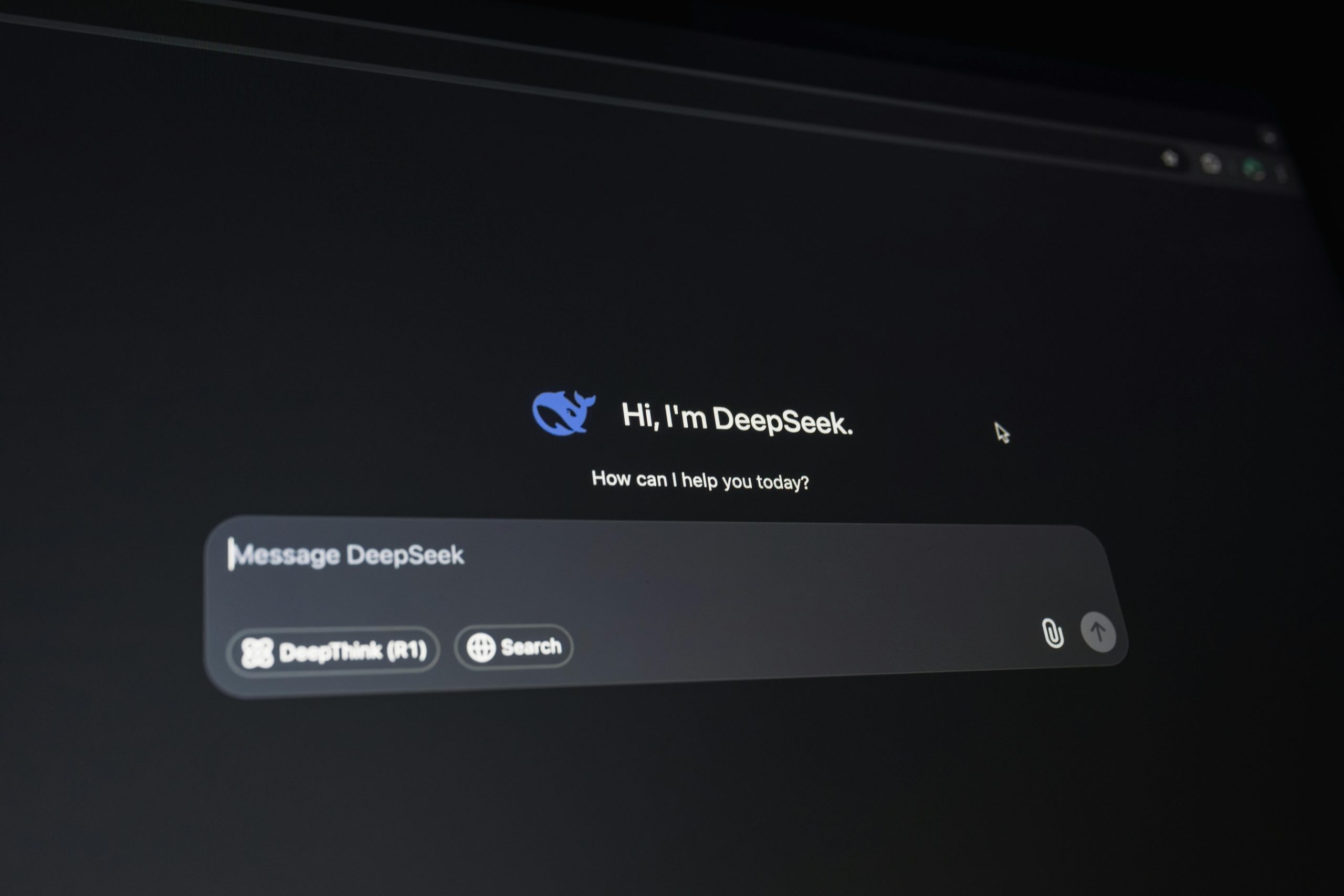Hackers Can Access Microsoft Teams Chat and Emails by Retrieving Access Tokens

A significant threat vector targeting the ubiquitous Microsoft Teams desktop application has been detailed by cybersecurity researchers, illustrating a sophisticated method for session token theft. This attack chain bypasses modern security measures by leveraging the very mechanism designed to protect authentication credentials on the local endpoint—the Windows Data Protection API (DPAPI). Once compromised, these stolen tokens allow threat actors to fully impersonate users, accessing sensitive chats, emails, and cloud storage, critically undermining Multi-Factor Authentication (MFA) defenses as of October 2025.
The Mechanics of Access Token Compromise in Desktop Clients
The Repository of Confidential Credentials
The foundation of this particular exploit focuses on the storage mechanism utilized by the embedded Chromium-based browser components within the desktop version of the Microsoft Teams application. Authentication data, which includes the necessary access tokens for interacting with Microsoft’s Graph API, is persistently logged within a local, Chromium-like Cookies database. This database, structured typically as an SQLite file, becomes the treasure trove for attackers who gain the requisite local access to the target machine.
Shift from Plaintext to Encrypted Storage: A Double-Edged Sword
It is vital to view this contemporary threat against the backdrop of previous security oversights. Earlier iterations of the Teams desktop client notoriously stored these authentication cookies in an easily accessible, plaintext format within an SQLite file. This prior weakness was famously exposed, allowing relatively simple file-reading exploits to facilitate Graph API abuse. While subsequent security enhancements correctly mandated a transition away from this highly insecure practice by implementing encryption, this security upgrade has ironically introduced a new, more complex barrier that dedicated threat actors must now successfully dismantle.
Leveraging the Data Protection API for Decryption
The modern defensive layer against local token theft involves employing the Windows Data Protection API (DPAPI) to secure the stored tokens. DPAPI’s design ties encryption keys directly to the operating user’s account or the specific machine context, effectively rendering copied data unusable on any other system. However, the critical vulnerability emerges when an attacker successfully executes code or runs processes within the same trusted context as the legitimate user. With this foothold established, the attacker can then invoke Windows APIs, such as the CryptUnprotectData function, to issue a direct request for the decryption of the stored token value, thus unraveling the intended protection layer.
Identification of the Encrypted Token Signature
A crucial technical marker aids attackers in efficiently discovering these protected tokens within the vast database structure. The encrypted data values residing within the SQLite Cookies table often possess a specific prefix, noted as “v10,” which corresponds precisely to a particular version of Chromium’s cookie protection scheme. This signature allows an automated script or an attacker with local access to effectively parse the database, targeting only the relevant, encrypted entries for the necessary DPAPI processing and decryption.
Consequences of Token Theft and Session Hijacking
Impersonation and Unauthorized Command Execution
Upon successful decryption, the stolen access token bestows upon the attacker the complete authorization level of the legitimate user, operating through the Microsoft Graph API pathways. This capability translates directly into the power to execute actions as the victim, which includes the ability to dispatch messages within Microsoft Teams or to compose and send emails from the victim’s associated mailbox. This high degree of digital impersonation is a potent enabler for launching highly effective and targeted social engineering attacks against the organization’s personnel.
Persistence and Establishing a Beachhead
The tokens acquired through this method are frequently designed to be long-lived, which grants the threat actor sustained, unauthorized access to the victim’s digital workspace without requiring continuous, overt credential harvesting. This persistence is invaluable, permitting attackers to conduct deeper reconnaissance, facilitate lateral movement across interconnected services like SharePoint and OneDrive, and maintain their foothold within the organizational network for extended operational periods.
Circumvention of Multi-Factor Authentication Protocols
The single most critical security implication associated with this token retrieval methodology is its absolute ability to bypass established Multi-Factor Authentication (MFA) mechanisms entirely. Because the attacker is utilizing a token that has already successfully navigated the full authentication challenge and has been cryptographically unlocked using a local system service, the security barrier erected by MFA becomes irrelevant for the entire validity period of that specific token.
Historical Precedents in Microsoft Ecosystem Insecurity
The Precursor: Plaintext Storage Vulnerabilities
This latest discovery builds directly upon a well-documented history of security oversights concerning data handling within the Teams application. As noted, an earlier, significant vulnerability exposed authentication cookies stored in an unencrypted format, which enabled threat actors to harvest tokens for Graph API abuse with simple file-reading exploits. This historical flaw served as a clear warning regarding the extreme sensitivity of locally stored session data.
Evolution of Attack Vectors Beyond Token Theft
The broader threat landscape targeting Microsoft services is demonstrably not confined to local token exfiltration. In other recent security advisories from 2025, threat actors, such as the group Storm-2372, have been observed employing entirely different, yet equally severe, techniques like device code phishing. These methods trick users into entering attacker-generated device codes on legitimate sign-in pages to generate new, valid tokens directly tied to the attacker’s session, showcasing a continuous, escalating arms race in authentication bypass techniques.
The Wider Context of Platform Abuse for Reconnaissance
Threat intelligence has also flagged the broader exploitation of the Teams platform itself as a significant vector, independent of the token theft described. Attackers frequently utilize the platform’s inherent functionality for initial reconnaissance efforts, often by enumerating less secure user accounts, guest access points, and external federated access, particularly when user privacy modes are not strictly enforced. This activity typically forms the initial, low-friction stage of attack chains that can subsequently lead to credential theft or deeper data exfiltration.
Scope of Potential Organizational Exposure
Access to Confidential Communications Streams
The direct consequence of a successful token compromise is the immediate exposure of private and group chats hosted within Microsoft Teams. This data may readily contain strategic planning details, sensitive intellectual property discussions, or significant amounts of Personally Identifiable Information (PII). The overall scope of this exposure is fundamentally limited only by the specific access privileges the compromised user holds within the platform.
Harvesting of Associated Cloud Storage and Email Data
Since the retrieved access token often originates from the same identity provider and grants broad authorization, the compromise frequently cascades beyond the Teams application itself. Attackers possessing a valid token can pivot from the compromised Teams session to exfiltrate data stored in the user’s associated mailbox or files residing in linked SharePoint and OneDrive repositories, potentially compromising an entire segment of the organization’s Microsoft 365 tenant simultaneously.
Facilitation of Secondary Malicious Operations
Beyond the initial, direct data theft, the impersonation capability granted by the stolen token acts as a major force multiplier for cybercriminals. This enables the execution of highly credible, targeted spear-phishing campaigns, the delivery of secondary malware payloads, or even the use of the victim’s account to issue internal commands or disseminate calculated disinformation, thereby severely eroding trust within the corporate structure. Threat groups have even been documented using communication apps like Teams to deliver extortion notes as part of ransomware pressure tactics in 2025.
Proactive Mitigation and Defensive Countermeasures
Endpoint Security Posture Hardening
A primary layer of defense against this specific on-device token extraction relies on rigorous endpoint hygiene. While the core vulnerability exploits DPAPI usage, controlling what processes are permitted to execute on the endpoint remains vital. This necessitates the strict enforcement of application control policies, such as leveraging Windows Defender Application Control or similar mechanisms, to prevent unauthorized executables—the scripts designed to dump tokens—from running in the first place.
Advanced Monitoring for Anomalous Process Behavior
Organizations must significantly enhance their Security Information and Event Management (SIEM) or Endpoint Detection and Response (EDR) systems to actively search for tell-tale indicators of this specific exploit attempt. This involves monitoring for abnormal terminations of the ms-teams.exe process or unusual patterns of activity recorded by process monitoring tools that might strongly suggest token extraction attempts occurring outside of the application’s normal, intended logic.
Refining Identity and Access Management Policies
To address broader authentication bypasses that can complement token theft, organizations must urgently review and strengthen their identity controls within Microsoft Entra ID (formerly Azure Active Directory). Specifically, implementing Conditional Access policies that restrict authentication flows like device code sign-in only to trusted devices or specific, secure network locations can severely limit the utility of tokens obtained through social engineering techniques.
Addressing Related Platform Vulnerabilities and Future Risks
Awareness of Non-Token Based Exploits
It remains crucial for security teams to recognize that local token exfiltration is only a single facet of the overall Teams threat surface. Organizations must maintain vigilance regarding other significant vulnerabilities that have seen recent disclosure, such as critical remote code execution (RCE) flaws, like the heap-based buffer overflow tracked as CVE-2025-53783, which demand different, though equally serious, mitigation steps.
The Imperative for Timely Patch Management
The defense against platform-specific flaws, including RCEs, hinges directly on the rapid deployment of vendor-supplied security updates. When Microsoft issues patches addressing security flaws in core components like Teams, the enterprise-wide process for applying these updates must be treated with the highest priority to effectively close the window of opportunity for attackers who may be racing to weaponize proof-of-concepts before widespread patching occurs.
Strategic Review of Application Data Handling
The repeated discovery of vulnerabilities related to local data persistence, moving from plaintext cookies to complex DPAPI challenges, signals an ongoing need for a strategic review across Microsoft’s entire desktop application suite. Organizations should actively advocate for, and where technically feasible, configure applications to minimize the on-disk storage of active, high-value session artifacts.
Long-Term Security Posture and Strategic Resilience
Developing Comprehensive Incident Response Playbooks
Security operations teams must immediately update their incident response documentation to specifically incorporate scenarios involving the compromise of collaboration platform tokens. These revised playbooks must feature clearly defined, tested steps for rapid token invalidation, thorough scope assessment (identifying all linked services accessed), and communication protocols specifically tailored to a breach originating from an insider-level access method.
Prioritizing User Education on Contextual Trust Cues
While technical controls form the essential layer of defense, human factors remain central to the initial stages of compromise. Training programs must evolve beyond basic phishing recognition to actively educate users on the subtle cues associated with advanced session hijacking or deceptive device code prompts, emphasizing the critical need to verify security-sensitive actions outside of the communication application itself.
The Role of Continuous Threat Hunting within Enterprise Tenancy
A mature security model necessitates a proactive posture of continuous threat hunting rather than relying solely on reactive defense mechanisms. Security personnel should regularly query logs and endpoint telemetry not merely for known malware signatures, but for the specific API calls and behavioral anomalies associated with credential and token harvesting, treating the local client environment as a potential hostile zone at all times.
Anticipating Future Authentication Model Evolution
The security community must remain engaged with and anticipate upcoming shifts in Microsoft’s authentication frameworks. This includes monitoring how the management of Graph API tokens evolves or whether DPAPI protection remains the designated security boundary for desktop application sessions. Proactive adaptation to these anticipated architectural changes will be the key differentiator in avoiding the next generation of high-impact access token-related exploits.










